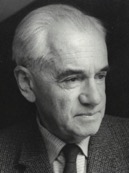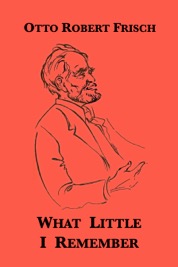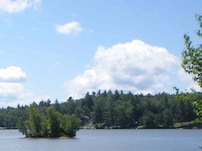
On his return to the UK in 1945, Frisch was employed briefly at the then new Atomic Energy Research Establishment at Harwell. After a few years there, he was offered the post of Jacksonian Professor of Natural Philosophy at Cambridge University, a position he retained until his death in 1979. In Cambridge, a fellow of Trinity College, he pursued his research interests in the Cavendish Laboratory and helped develop scientific instrumentation. This led to the formation of LaserScan Limited which designed, developed and manufactured a machine for measuring bubble chamber tracks. He also wrote several books on physics and many articles and papers.
Besides working as a physicist and designer of scientific devices, Frisch was a family man, having married in 1951, with a son and daughter. He had a deep love of classical music and was an avid pianist.
Click on the cover for details about the eBook:




